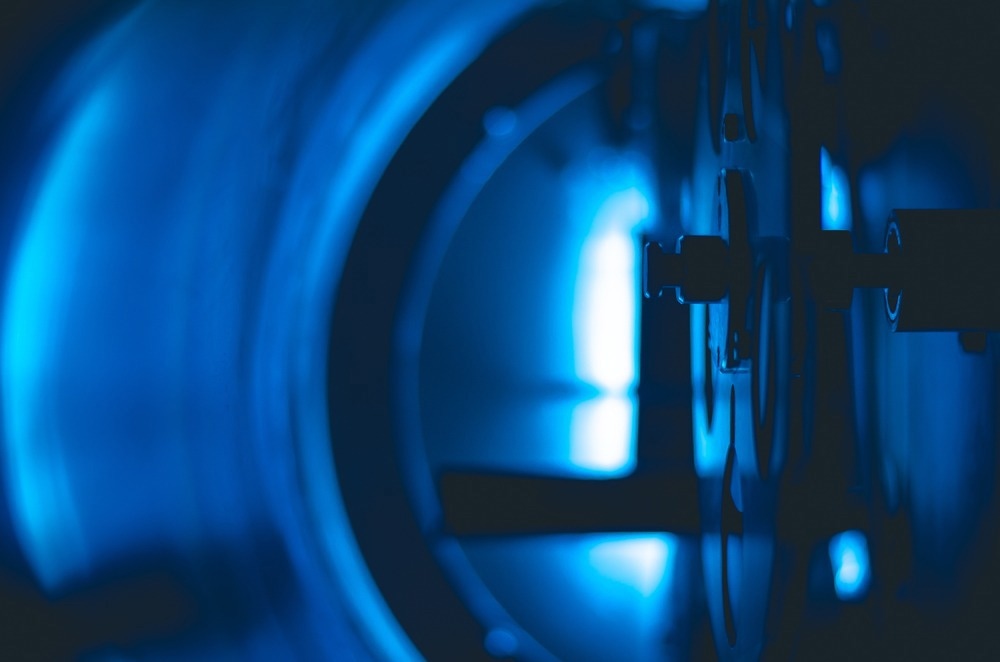Magnesium diboride (MgB2), a low-cost, non-toxic superconductor, is employed in electric motors, field magnets, and generators. However, making nanoscale boron (B) particles which are used to fabricate MgB2, is expensive. Now, scientists are hoping to address this problem by using high-energy ultra-sonication in 2-propanol, a highly viscous solvent, to create impurity-free, nm-sized B particles.

Image Credit: Dmitrii Shulgov/Shutterstock.com
This approach is affordable and allows the fabrication of bulk MgB2 using high critical current density, a requirement for the sustainable generation of high-performance superconducting magnets.
Magnesium diboride (MgB2) is a binary compound that acts as a superconductor, which is a substance that provides no resistance to the electric current passing through it—at a moderate temperature of approximately 39 K (-234 °C). This temperature can be obtained with the use of comparatively cheaper neon coolants or liquid hydrogen.
Additionally, MgB2 is lightweight, cheap, and non-toxic, and its precursors—magnesium (Mg) and boron (B)—are abundant. Consequently, it can substitute traditional low-temperature superconductors that need costly liquid helium for cooling and exchange magnets depending on neodymium, a rare element, along with boron and iron.
MgB2 has an extensive range of applications, along with the generation of coils and magnets for nuclear magnetic resonance, magnetic resonance imaging, fault current limiters, magnetic drug delivery, electric motors, and transportation. As per studies, MgB2 is a good candidate for polycrystalline superconducting magnets as it features a high trapped magnetic field (TF) and good critical current density (Jc).
However, it suffers from poor magnetic flux pinning. To improve pinning, it is necessary to tune the pinning centers in MgB2—the boundaries of small crystals or grains that comprise MgB2. To end this, scientists have revealed how nano-sized B particles can be employed as B precursors to fabricate nano-sized MgB2 grains with high Jc and strong grain boundary pinning.
B nanoparticles are now generated by pyrolysis, ball milling, and sintering. However, these techniques suffer from limitations like poor cost-effectivity and low purity output, requiring improved substitutes.
To end this, a team of researchers headed by Prof. Muralidhar Miryala from Shibaura Institute of Technology (SIT), Japan, have found high-energy ultra-sonication as a cheaper substitute for refining coarse B powder that is dispersed in 2-propanol up to nanoscale sizes. Journal of Alloys and Compounds published this study on April 14th, 2023.
In this technique, ultrasonic vibrations impart high speeds to B particles in the solvent, leading to collisions. The resulting friction and shear tearing, compression, and energy release by the collapse of tiny air bubbles produced during collision break down B particles to nanometer sizes.
Prof. Muralidhar Miryala, Shibaura Institute of Technology
With 2-propanol as the solvent for B, the scientists ultrasonically refined affordable commercial B powder for 45 minutes to create oxide-free nm-sized B particles. Then, they used them to fabricate bulk MgB2 with limited oxide and without carbon impurities, exhibiting superconductivity at approximately 38.5 K.
Moreover, it established high Jc values of 500 and 380 kA cm-2 at 10 K and 20 K, respectively. The latter of these Jc values marked an enhancement of 80% compared to that for bulk MgB2 prepared from low-cost B powder and was at par with that for costly commercial B powder. The observed upsurge in Jc was owing to improved grain boundary pinning in MgB2 as showed by microstructural analysis, and theoretically reinforced by the Dew–Hughes theory.
Ultimately, the scientists conducted field cooling magnetization simulations, forecasting that a 10 mm-thick and 40-mm wide MgB2 disk prepared from ultrasonically refined B powder can show a high TF of 2.5 teslas. “These findings bring MgB2 superconducting magnets, which can be fabricated in the form of tapes, wires, and films, a step closer to their commercialization,” predicts Prof. Miryala.
Undeniably, with a sustainable and economical technique for producing high-performance MgB2 superconductors, the current work could reveal the possibility of MgB2 super magnets!
Journal Reference:
Srikanth, A. S., et al. (2023). Tuning of grain boundaries in MgB2 by boron ultra-sonication in 2-propanol – A way to low-cost high-Jc bulk superconducting magnets. Journal of Alloys and Compounds. doi.org/10.1016/j.jallcom.2023.170146.